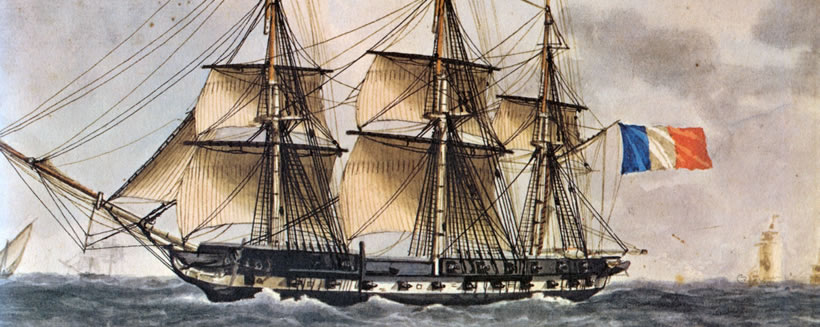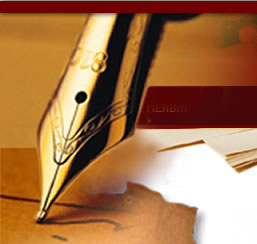L'Encre des Vaisseaux - The Ink of Ships


Preparing plant galls for ink
Herbin was a sailor, so he was probably familiar with the ink used aboard ships. The weather and the wet conditions on a sailing ship required an ink that was waterproof. Iron gall ink was the standard writing and drawing ink in Europe from about the 12th century to the 19th century. It remained in use well into the 20th century. Good quality iron gall ink didn't fade in the light. It was indelible. This ink could be used with a quill, reed pen or brush.
Iron gall ink, also known as iron gall nut ink or oak gall ink is a light brown or sepia color when it first goes down on paper, but as it dries it turns purplish-black or a velvety blue-black. Because every individual made their own ink with their own recipe, the chemical structure of these inks can vary, but the basic components are iron and tannin, a substance found in plant galls.
Herbin made his own recipe of an iron gall ink. The recipe may have been formulated for the ship's master on his trips back and forth to India; or when he settled down in Paris to first start producing his sealing wax. Perhaps another sailor made his way to J. Herbin's workshop, and convinced him to produce a ship's ink.
Additional reading on iron gall ink:
- Evan Lindquist, Artist & Printmaker, notes on old writing and drawing inks, ink recipes, and old ink notes
evanlindquist.com - Gianluca Farusi, "Monastic Ink: Linking Chemistry and History"
scienceinschool.org - Scribe Scribbling, "A Booke of Secrets showing diverse ways to make ink -- 1596"
scribescribbling.wordpress.com - Down in the Bog, "Oak Galls and Iron Gall Ink"
erinhartbooks.blogspot.com


